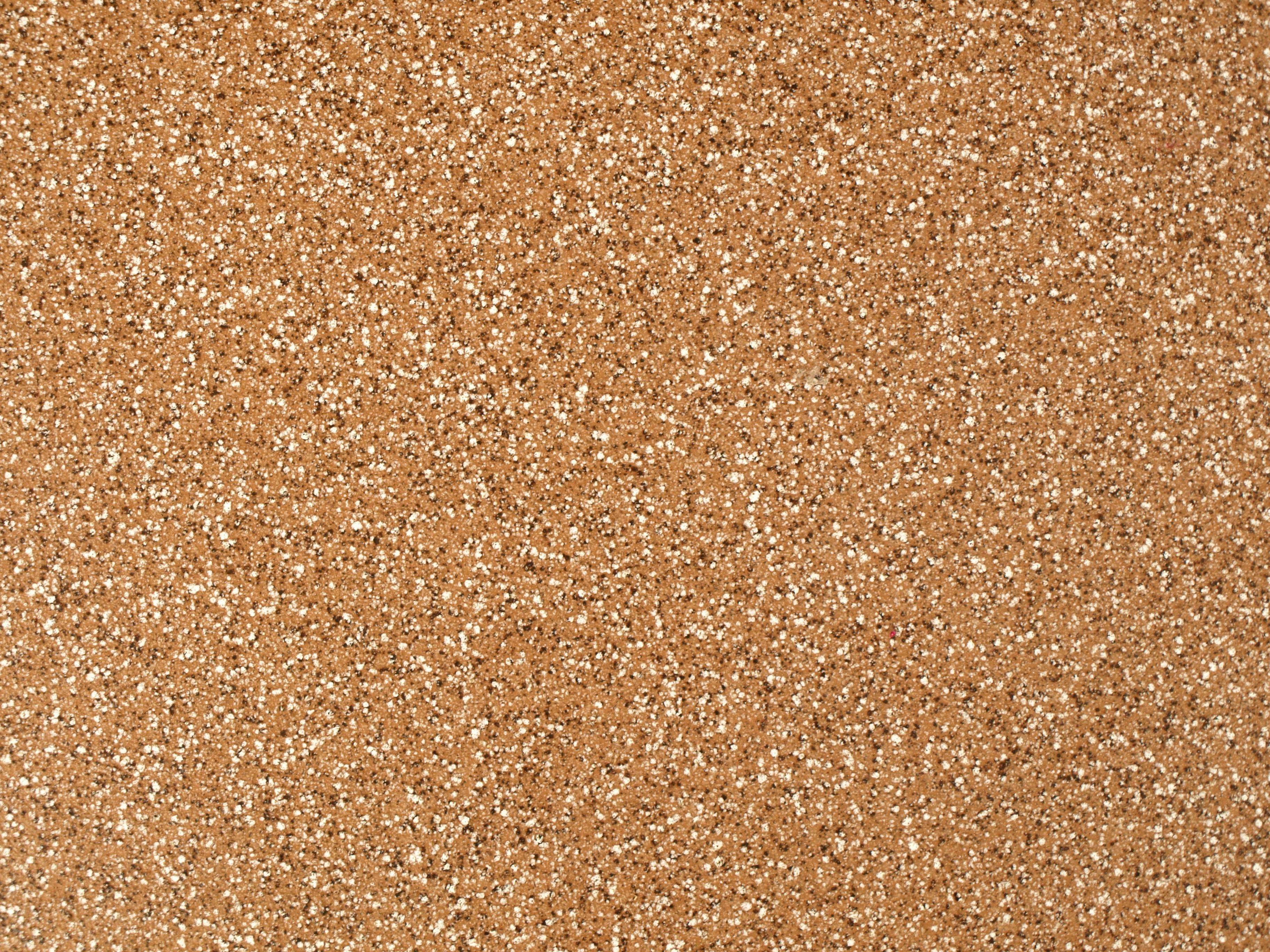If you think that trying chocolate, a glass of wine, and sleeping in on the weekends are harmless vices, think again. Those innocent indulgences are just a few of the most common headache triggers.
But don’t give up hope just yet. You may be able to enjoy your favorite things and your days without headaches. There is more to the history of the headache problem than just a list of culprits. Coming soon is must-have information to help you manage headaches once and for all. It begins with taking the time to discuss your own particular condition, type of headache, and family history. Then use that knowledge to decide what you can personally do to make yourself more comfortable.
Not all headaches are the same. Different types need different care, so start by determining what type of headache you have. Could it be a …
- Tension-type headache? If you have the sensation of a band tightening around your head, or if you simply feel muscle tension on both sides of your neck or back, you may have this common and occasional type of headache. Some unfortunate people, however, have them every day.
- Terrible headache? If you are a man, this is probably your type of headache because cluster headaches affect men more than women. With severe pain that often appears on one side of the head without warning, cluster headaches last 30 to 45 minutes. Sometimes these headaches are accompanied by watery eyes and sinus congestion. “Cluster” comes from the unfortunate fact that these headaches sometimes resolve only to reoccur later in the same day.
- Hormonal headache? It is not surprising that they belong to the female population, generally triggered by the menstrual cycle. Many of its symptoms, such as sharp, stabbing pain on one side of the head, nausea, and sensitivity to sound and light, are similar to migraines.
- Migraine? Have you ever noticed a visual disturbance before a headache? You could be experiencing an aura, indicating a migraine is coming. Migraines are usually throbbing and stabbing, but they are usually one-sided, but can affect both sides. Sensitivity to light and loud noises, and even odors, as well as nausea are often reported. Women tend to be the most frequent victims.
Do any of those sound familiar? Knowing your type of headache can sometimes help determine which course of treatment will be most effective.
But before we talk about treatment, let’s take a step back. Instead of treating a headache, imagine preventing it from happening in the first place. Too good to be true? Not at all. Many of these common headache triggers are things you can address directly.
- Working with your head still for long periods of time.
- Keeping your head down, such as when looking at a computer screen that is too low
- Changes in sleep, either too much or too little, especially on the weekends.
- Clenching or grinding your teeth, especially at night
- Intense, flashing, or bright light, such as from the sun and computer screens
- Sudden or prolonged loud noise
- Skipping meals, diet, or fasting
- Physical effort and exaggerated exercise
- Motion sickness
- Hormonal fluctuation, especially estrogen in a woman’s cycle.
- Food sensitivity to, for example, aspartame, caffeine, chocolate, alcohol, MSG, cheese, and aged or processed meats
- Medications, both prescription and over-the-counter
- Smells, whether unpleasant or not, including perfumes, flowers, pollution, and secondhand smoke.
- The weather, especially the period just before a rain storm or during changes in barometric pressure
- Allergies, which make a person sensitive to pollen and toxins and often result in painful sinus congestion.
- Stress and / or anxiety, but you don’t have any of that, do you?
Now consider yourself armed with knowledge. You can identify many of the types of headaches and the factors responsible for causing them. And I hope you also know that you are not alone in this battle. (Only the popularity of this topic proves it.) But better yet, your arsenal will soon include options to help not only ease headaches, but even prevent them from occurring.
Enough talking, let’s act. For the next two weeks, keep a record of facts about your headaches (when you have them, what you have been eating or drinking, hormones, the weather, any conditions that are different from the norm) in a headache diary. head. This journal can be a useful tool to “connect the dots” between seemingly unrelated clues to come up with some real solutions based on your headache patterns.
